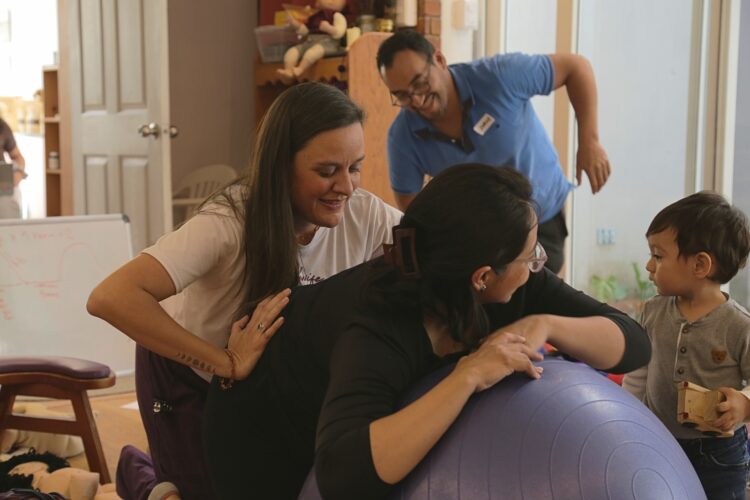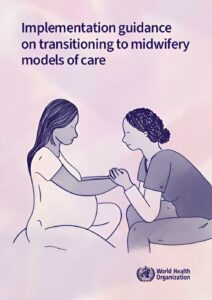Implementation Guidance on Transitioning to Midwifery Models of Care

 Enjoying the highest attainable standards of health is a fundamental human right. Despite progress in recent decades, maternal and neonatal mortality, morbidity and stillbirths remain high globally. Many women and newborns experience mistreatment and overmedicalization throughout antenatal, intrapartum and postnatal care, which can severely affect their health and well-being and hinder progress towards achieving universal health coverage.
Enjoying the highest attainable standards of health is a fundamental human right. Despite progress in recent decades, maternal and neonatal mortality, morbidity and stillbirths remain high globally. Many women and newborns experience mistreatment and overmedicalization throughout antenatal, intrapartum and postnatal care, which can severely affect their health and well-being and hinder progress towards achieving universal health coverage.
To improve maternal and newborn health and well-being outcomes and achieve universal health coverage, the World Health Organization (WHO) supports the transition to midwifery models of care; a way to optimize service delivery to better meet the needs of women and newborns before, during and after pregnancy and childbirth. In these models, quality care is coordinated by midwives who make autonomous decisions across their full scope of practice, as part of interdisciplinary teams.
When complications arise, midwives collaborate seamlessly with obstetricians, paediatricians and other specialists, through effective consultation and timely referral systems, jointly ensuring continuous, personalized care to women and newborns.
This document launched by the WHO, in collaboration with UNICEF, UNFPA and ICM, provides strategic and practical guidance to countries transitioning to midwifery models of care.

